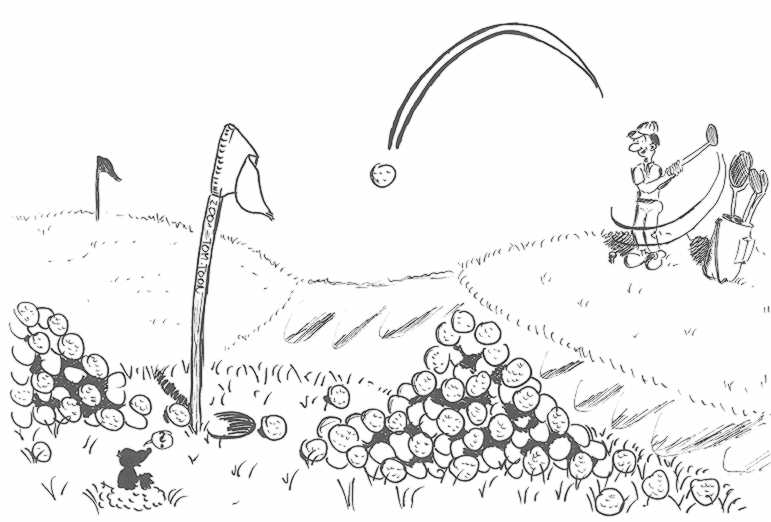 Quantum information technology
Quantum information technologySingle-photon Fock state tomography
 Quantum information technology
Quantum information technology
Single-photon Fock state tomography
Let us draw further on the analogy between our experiment and the game of soccer. Let us imagine that we study the behavior of the ball throughout the game aiming to determine the probability distribution of its location over the field. In other words, we would like to find out at which areas of the field the ball appears more or less frequently. This probability distribution would likely be higher in the center of the field than inside the goals (if the goalkeepers are good) and perhaps even higher in both teams' penalty areas. However, one thing we know for sure about this distribution: it would always be nonnegative. In the classical world it cannot happen that the ball passes through some areas in the field less often than never.
The story may become very different if the soccer is quantum. First of all, there is a fundamental difference in the whole concept of measurement. Heisenberg's uncertainty principle prohibits us from determining the location of the ball precisely. We can either determine its position either along or across the field – but not both at the same time. If we use a camera aside the field to register the movement of the ball, this camera can only see the ball’s position across the viewfield of the camera – but not its distance to the camera.
However, we can still measure our probability distribution in the following way. Suppose a photographer positions himself at the field margin and takes a large number of pictures of the ball to enable us to build a reliable “side view” of the distribution. This we call a “marginal distribution” in our paper. Then we ask the photographer to move to another point of the field perimeter and to take another bunch of pictures – so we can figure out another side view. We repeat this a number of times to get a set of side views of our probability distribution from different angles. Then we combine the information of all these marginal distributions to infer the probability distribution of the ball position over the two-dimensional field. This technique – called quantum tomography – is very similar to the method of computer tomography used in medicine. A physician takes a number of X-ray shots of the patient from different angles to reconstruct a three-dimensional picture of, for example, a tissue anomaly.

Cartoon by Thomas Aichele
In our experiment the role of the soccer ball is played by the electromagnetic field in a light wave, the role of the soccer field – by the so-called phase space, and the rules of the game – how often the ball appears in different regions of the field – are set by the quantum state we are working with – the single-photon state in our case. A complex device called “balanced homodyne detector” performs phase-sensitive measurements of the electric field and thus fulfills the function of the photocamera. The quantum phase-space probability distribution function that we measure is called the Wigner function.
Now we are in for a fair bit of the quantum cake: The Wigner function we have reconstructed from our marginal distributions exhibits a feature that is in astonishing contradiction with the classical common sense. We see that the distribution is negative around the center of the field - surrounded by a ringlike positive hill which is characteristic for the single-photon state. In other words, there is a certain region in the soccer field in which the quantum “ball” can be found with a negative probability. How can this be? To understand this feature, we need to recall the uncertainty principle once again. In quantum mechanics, we can only assign an object to a “certain region” of the phase space as long as this region is larger than a certain critical size (the Heisenberg limit). In the case of our experiment, the size of the phase space region where the Wigner function is negative happens to be – and has to be – so small that that the quantum "ball" cannot be said to be located "exactly there". Instead it must be "smeared out" over a larger area of the field that includes the "well" with the "negative probability" as well as the surrounding "hills" with positive probabilities. The total probability – averaged over this larger region – always remains positive. The measurement of a negative area of the distribution function is a clear sign of the non-classicality of the single photon, the particle state of the light field.
The rapidly developing field of quantum technology rests on three main pillars: synthesis, manipulation and measurement of arbitrary quantum states. To build, understand and refine quantum devices we need, in particular, to be able to reliably characterize the quantum state produced as a result of a quantum algorithm. Quantum tomography – a technique of measuring quantum states – thus provides a helpful tool on the way to a quantum technology. The game of "quantum soccer", apart from the fundamental philosophical insights, has an important consequence of constructing the basement for the future building of quantum technology. For – after all – how much fun would the national soccer league be if no one could watch the ball?